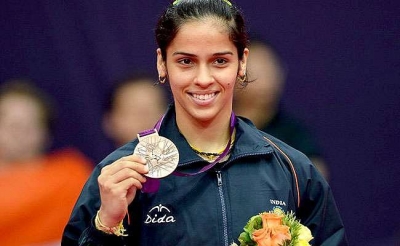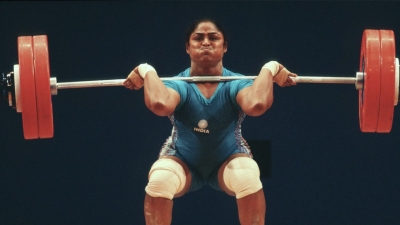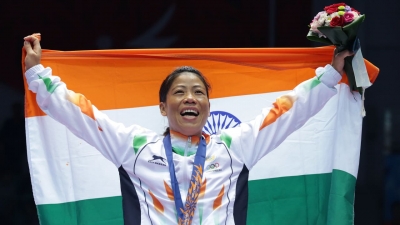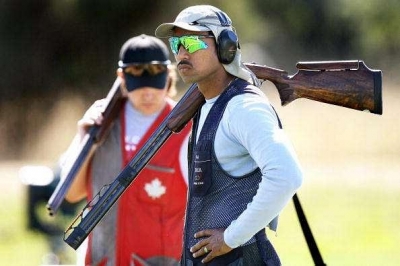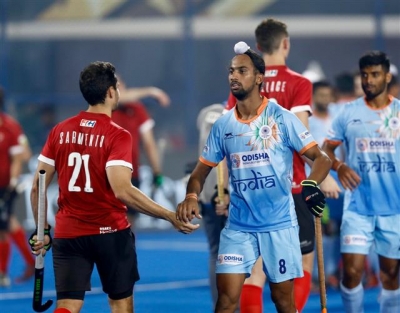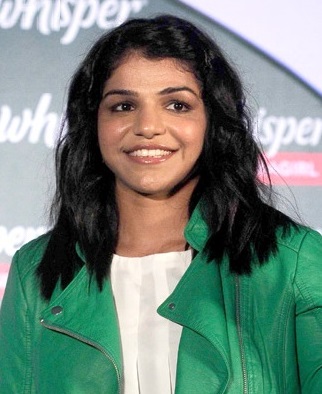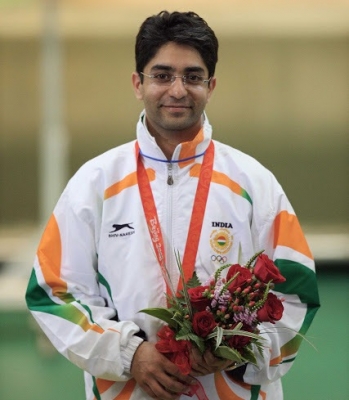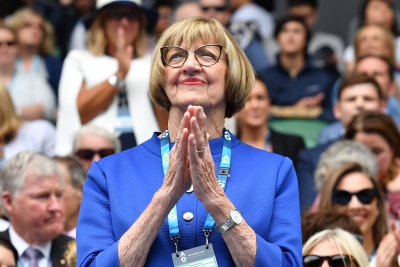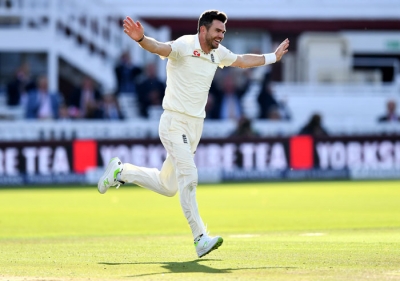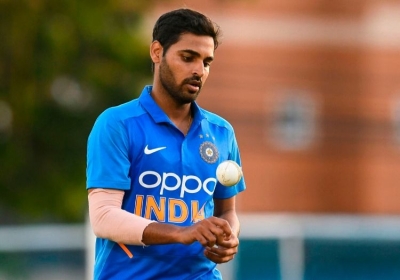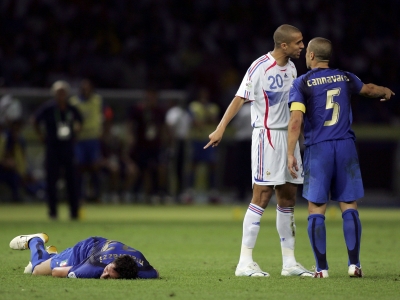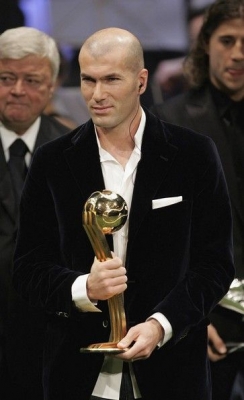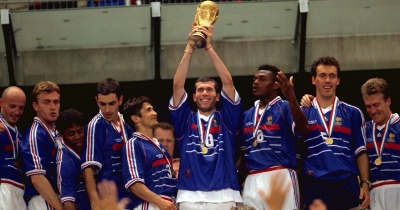In 2016, the country got its first silver medal for badminton. Who won it?
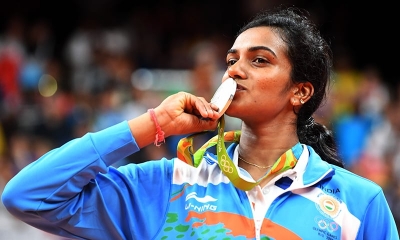
P.V. Sindhu represented India at the 2016 Summer Olympics, becoming the first Indian badminton player to reach a final. She won the silver medal after losing out to Spain's Carolina Marin.
Along with wrestler Sakshi Malik, who won a bronze on Aug. 18, Sindhu is so far one of the only two medalists in this year’s Indian Olympic contingent, the largest the country has ever sent to the games. She’s also the youngest Indian to ever win an Olympic medal.
Her epic performance in Rio comes after years of training under 2001 All England Open Badminton champion Pullela Gopichand. Sindhu, who comes from a family of volleyball players, began playing badminton at the age of eight after discovering the sport by chance. Since then, she’s spent almost all her time training at Gopichand’s academy in Hyderabad. Over the years, she’s won medals at several domestic and international competitions, including a bronze at the 2013 World Badminton Championships in Guangzhou, China.
Picture Credit : Google
